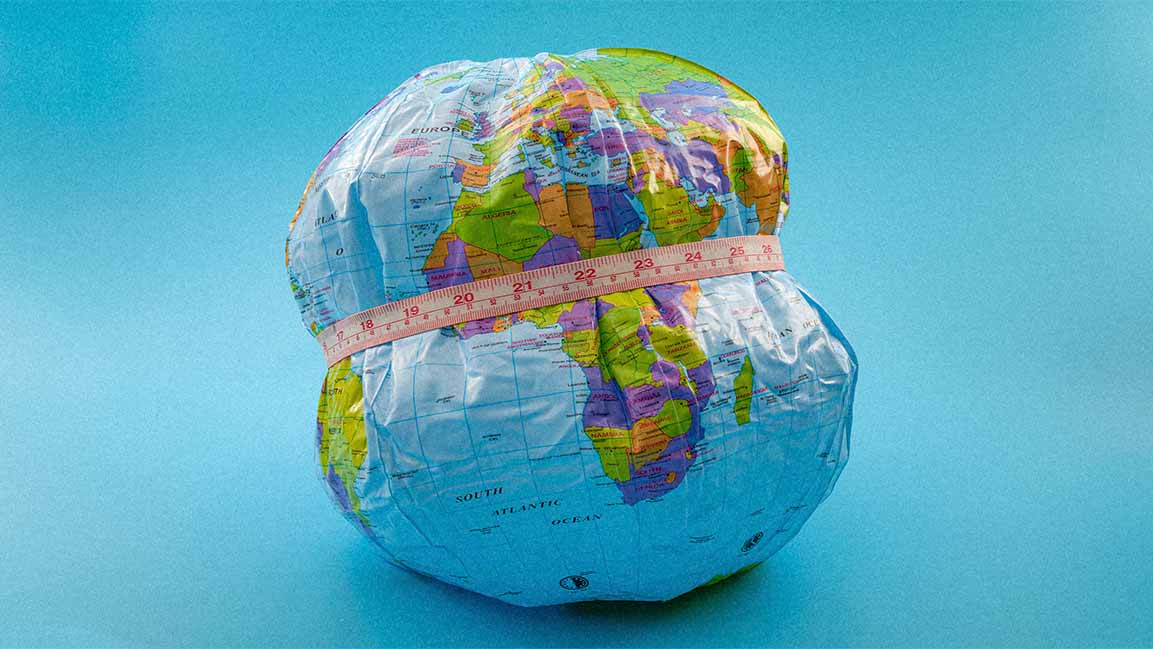- | 12:00 pm
Saudi Arabia’s renewable energy shift could cut electricity costs by $30 billion by 2030
This ambitious target requires adding over 20 gigawatts of renewable capacity annually for the next six years, reaching a total of 130 GW.

A shift towards renewable energy could significantly reduce Saudi Arabia’s electricity bill by 2030, according to a report by S&P Global. However, achieving this goal hinges on successfully implementing a massive infrastructure build-out.
Sofia Bensaid, Director of Infrastructure and Project Finance Ratings, highlighted the kingdom’s ambitious target of reaching 50% renewable electricity by 2030, which could potentially reduce the kingdom’s annual electricity costs by an impressive $30 billion. She made this point at the 2024 Saudi Arabia Capital Markets Conference.
This target requires adding over 20 gigawatts of renewable capacity annually for the next six years, reaching 130 GW. While feasible, there are concerns regarding implementation. The plan requires substantial capital expenditure—approximately $86 billion—to replace existing oil-fired power plants. However, S&P Global clarifies that this cost falls on project developers rather than the government’s balance sheet.
The transition is expected to impact national oil companies in the region, with S&P Global anticipating that they will maintain high capital spending, albeit at a modest growth rate compared to recent years. This shift in focus raises concerns about cash flow for oilfield service companies, potentially resulting in higher credit risks.
Director of Sovereign Ratings at S&P Global Zahabia Gupta also addressed Saudi Arabia’s ambitious Vision 2030 economic and social transformation plan. Implementing these large-scale projects comes with a hefty price tag, estimated at around $1 trillion or more.
To achieve this, the government and the Public Investment Fund (PIF) are expected to significantly ramp up debt issuance, reaching an estimated $35 billion annually until 2030.
Despite the substantial debt, Gupta predicts Saudi Arabia will maintain a “comfortable” net asset position, exceeding 30% of GDP by 2030. This projection assumes the government implements only a portion of Vision 2030, relying on contributions from the private sector and foreign investors.































